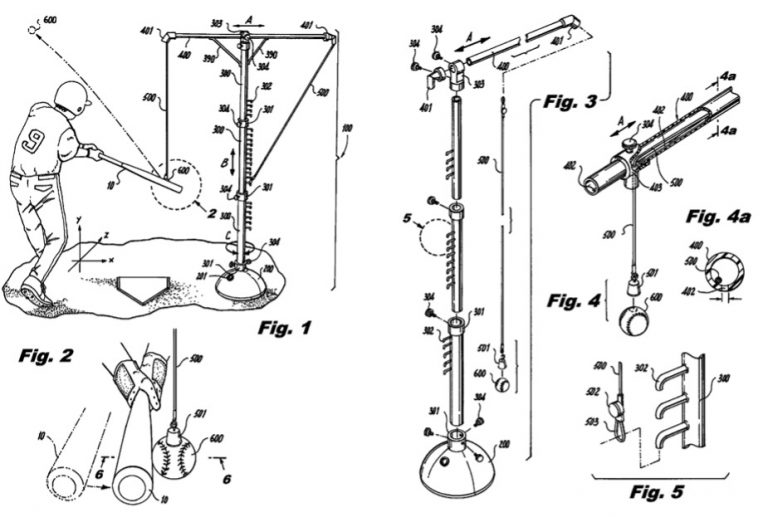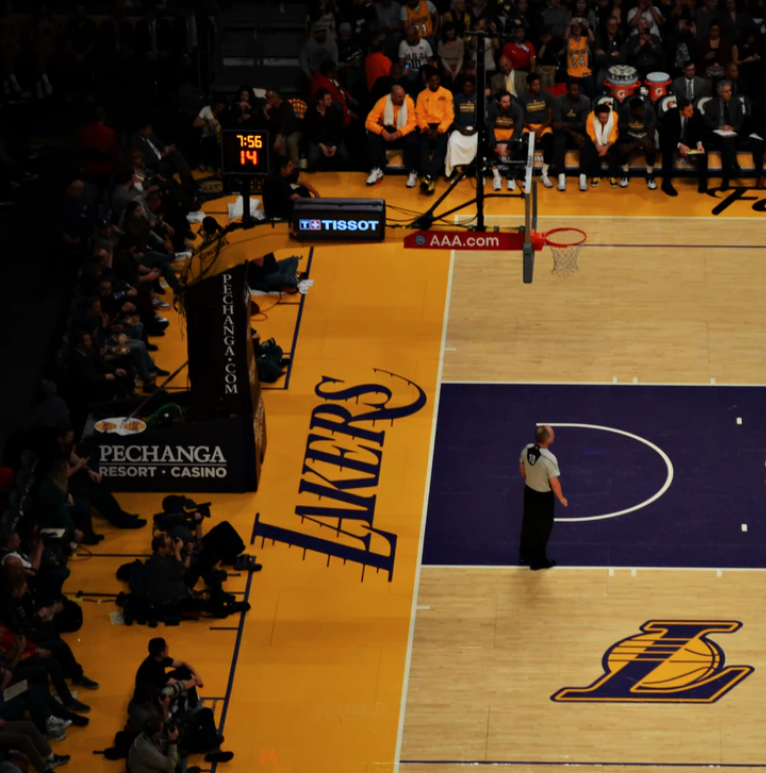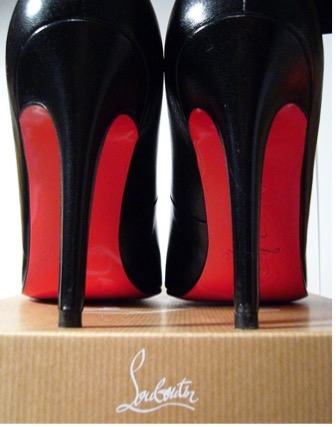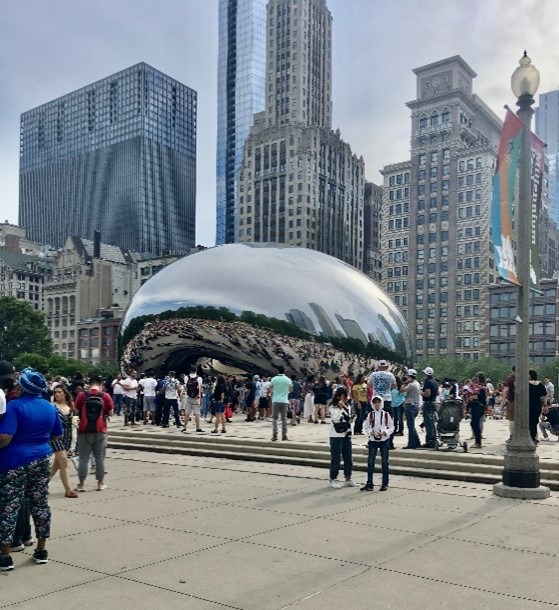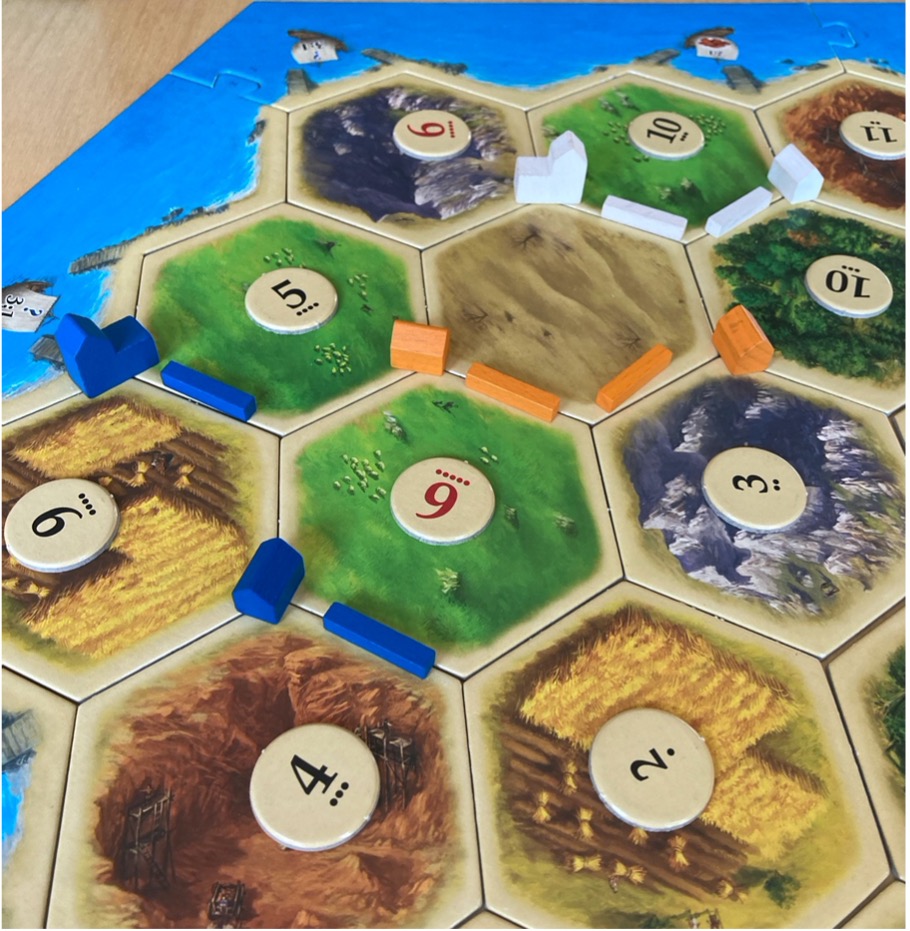
From a Life Science Degree, into IP

My path to an interest in intellectual property (IP) started with earning a bachelor’s degree in Genetics. I spent four years learning how complex our genetic code is. Classes in genetics, biology, and chemistry were enough to make my head spin. While I enjoyed learning science, I was always more interested in the real-life applications of the science I was learning. I was most interested in learning about how scientific developments could be used to help people. To explore this interest, I began to learn more about what happens with genetic research outside of a lab. I began to read more about how advancements in genetic are used in day-to-day life.
What I learned was that there are many legal implications to genetic research, especially with biotechnology. This research was my first introduction to the world of patent law.


